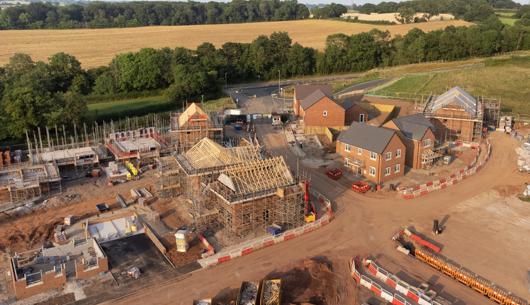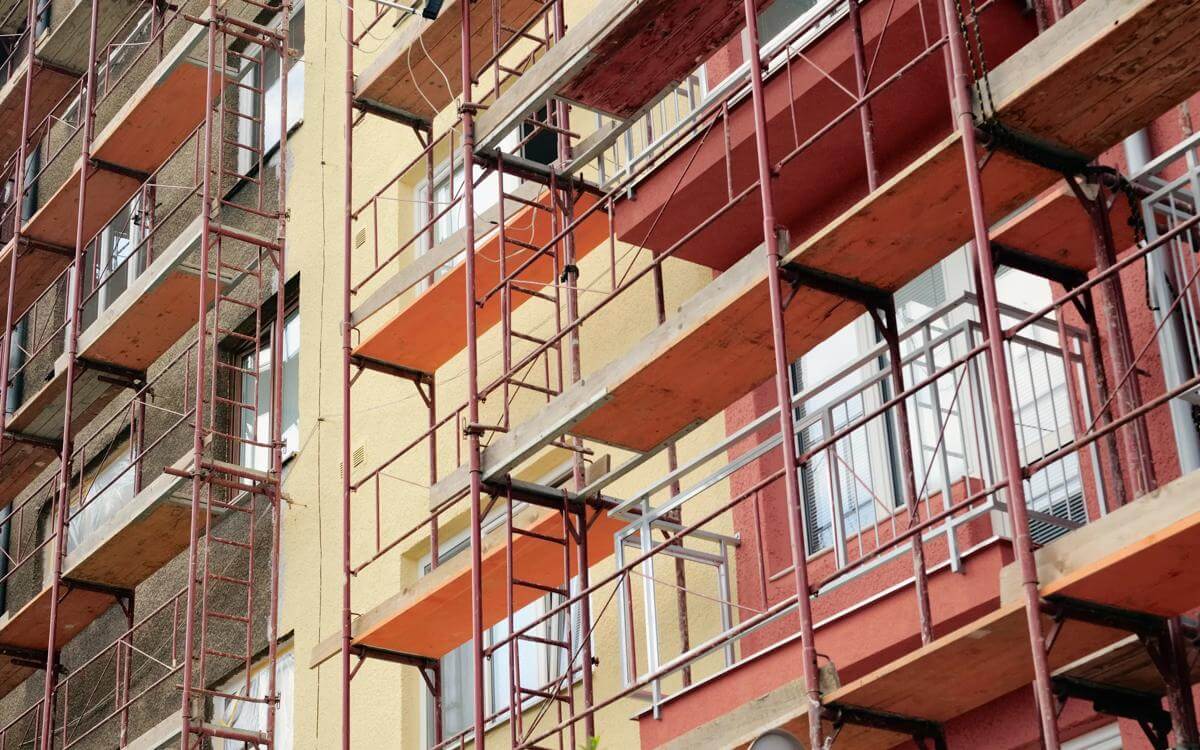School Admissions Code 2021 – what you need to know
The School Admissions Code 2021 (“the Code”) was recently published by the Department for Education (DfE) following a consultation exercise in summer 2020. The Code is currently subject to parliamentary approval, but it will be in force from 1 September 2021.
The School Admissions Code 2021 (“the Code”) was recently published by the Department for Education (DfE) following a consultation exercise in summer 2020. The Code is currently subject to parliamentary approval, but it will be in force from 1 September 2021.
As the duty on admission authorities is to act in accordance with the Code, there will be an obligation to undertake certain actions as quickly as possible in the new academic year to ensure compliance with the Code’s new requirements. The Code has not been subject to wholescale review and much of it is the same as the 2014 version. However, there are changes to tighten up the operation of the admissions system in a number of key areas – the admission of vulnerable children and the practices around in-year admissions. The key issues are highlighted below:
Looked after/previously looked after children
The 2014 Code requires admission authorities to give top priority in their oversubscription criteria to looked after children and previously looked after children who had ceased to be looked after due to an adoption, child arrangements or special guardianship order having been made in respect of them. This priority was limited to previously looked after children in England.
Paragraph 1.7 of the Code expands the definition of previously looked after children to include those children who were in state care outside of England but who were then adopted. State care is further defined as being in the care of public authorities, religious authorities or other organisations that act in the public benefit and could encompass a wide range of institutions. Given that the tasks of determining whether a child meets this definition will fall to admission authorities, the DfE have stated that additional non-statutory guidance will be provided to assist. It will be important for admission authorities to review this guidance when available and be clear on what evidence is required to assess applications from 1 September 2021 onwards.
There will also be a further task for admission authorities. The obligation to give top priority to this vulnerable group of children is in force from 1 September 2021. It has not been possible for admission authorities to make changes to their admission arrangements to reflect this change in time for implementation, as the 2014 Code did not require this extended group of children to be given top priority. As such, admission authorities may need to vary their admission arrangements in line with paragraph 3.6 of the 2021 Code to ensure compliance with the Code. Admission authorities will need to notify the statutory consultees of this action.
The alternative course of action would be to consult on changes on admission arrangements in the usual way from October 2021 onwards. However, any changes determined by the admission authority on or before 28 February 2022 would not be implemented in the admission arrangements governing entry until September 2023. That approach would place the admission authority in breach of the Code for a significant period and could lead to increased objections being made to the Schools Adjudicator regarding the admission arrangements. Considering this, it would seem prudent for admission authorities to determine the necessary changes during the summer term 2021 for implementation in autumn term 2021.
In year admissions
There are several changes to clarify the decisions, responsibilities and procedures relating to in-year admissions. Paragraph 1.4 clarifies that a school’s published admission number (PAN) only applies to the usual point of entry in a school – Reception (primary school), Year 5 (middle school), Year 7 (secondary school) or Year 12 (6th form). For other year groups which are not the usual points of admission, it will be for the admission authority to determine whether there are available spaces or whether admissions beyond a particular level would cause prejudice to the provision of efficient education, i.e. would cause the school practical problems in delivering appropriate educational provision to its existing pupils. It may be the case that admission authorities determine that the PAN (from the point of admission) continues to be a relevant benchmark to determine whether a request for admission can be accepted or rejected, but there may be occasions where the admission authority feels it is necessary to set an operational capacity for a year group or groups which is different to the PAN. It will be necessary for the admission authority to record and evidence those decisions and, where the Local authority is coordinating in-year admissions, provide that decision to the local authority to assist in their operation of that service.
There is also a new requirement for greater clarity in the in-year admission processes being operated by admission authorities set out in paragraphs 2.23 to 2.30. These requirements include:
- An obligation on own admission authorities to decide whether to operate their own in-year admission processes or work with the local authority in-year coordinated admission processes where these are available. A decision must be communicated to the local authority by 1 October 2021 on this issue and then on an annual basis by 1 August;
- The local authority to put information online about in-year coordinated admissions, including the relevant application form and which schools are participating in the coordinated arrangements and which schools are dealing with admissions on their own. This information must be published by 31 October 2021 and then by 31 August in following years. Admission authorities joining the local authority arrangements must also publish information concerning the fact and providing relevant contact information to assist parents;
- Admission authorities not joining the local authority’s coordinated arrangements must also publish information relating to how their admission processes will operate, including the timescales for decision making. The requirements for decisions are that admission authorities should aim for an outcome decision within 10 school days, but must issue a decision within 15 school days;
- Own admission authorities must share information with the local authority about the availability of places in their school(s) within two school days of the request, and also the request for admission and outcomes of any school applications made as soon as reasonably practical, but with the aim of two school days being achieved.
These changes will have an impact on all admission authorities with a requirement for much tighter processes to be operated to ensure that there are no unreasonable delays in decision making on admissions. It will be particularly important for own admission authorities operating outside of local authority arrangements to review their processes to ensure compliance with the timescales given the need for admission authorities, or an admissions committee established by the admission authority, to make allocation decisions in accordance with paragraph 2.7 of the Code. A greater use of video/telephone technology may be useful in making such decisions as long as these are minuted in line with governance requirements.
Fair Access Protocols (FAP)
These are not new creations within the Code, but the requirements around FAPs are changing and it will be necessary for admission authorities to understand the changes as they can impact on admissions to schools.
The revised requirements for FAPs are set out in paragraphs 3.14 onwards. However, FAPs may be relevant for admission authorities where in-year admissions are refused to the school deciding that the child has challenging behaviour. The Code now provides a standard definition for that behaviour (in the footnote to paragraph 3.10) and it will be for admission authorities to ensure that they have evidence to support such a finding prior to referral to the FAP.
In terms of other key points arising from the FAP:
- It remains a local authority responsibility to draw up the FAP, but this must be drawn up in consultation with schools in the authority’s area and agreed by the majority of schools. Where the majority of schools no longer support the FAP arrangements, a review must be initiated, and clear processes established for this to happen;
- Admission authorities have a duty to participate in the FAP arrangements, and this will include providing a representative with delegated authority from the admission authority to make allocation decisions (an exception to the requirement in paragraph 2.7 referenced above);
- FAPs now encompass wider categories of children – unplaced, vulnerable and those who are unable to secure a school place in-year. This results in a greater number of categories of children who may eligible for support under FAP (paragraph 3.17) but those are the only categories of child who may be supported – there can be no local variation, as is the case currently. In addition, the local authority must share information with admission authorities, giving reasonable notice of meetings and decision-making processes, and provide information that shows the inability to secure an in-year place and the reasonable steps taken to do so;
- Allocation decisions must be made within 20 school days from the date on which the child was deemed to be eligible for support under the FAP;
- Whilst the expectation remains that admission authorities will admit children under FAP arrangements, the Code continues to refer to the possibility of directions being issued to maintained schools by the local authority or by the DfE for academies.
Next steps
The changes set out in the Code will require admission authorities to review their practices and potentially update admission policies and procedures. It will be important to ensure own admission authorities have appropriate governance structures and delegations in place to deal with the new approach to in-year admissions and FAP arrangements. We can provide advice and support on all areas relating to admissions and the implications of the Code and if you need support, please contact us as below.
For more information, please contact either Richard Freeth or Philip Wood.
Contact

Mark Hickson
Head of Business Development
onlineteaminbox@brownejacobson.com
+44 (0)370 270 6000







































